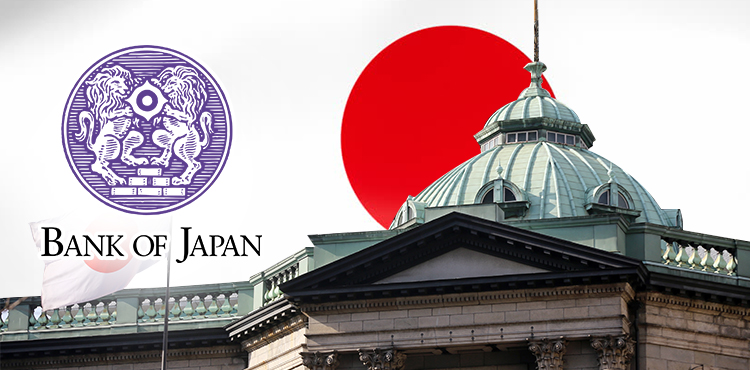Japan’s government named former Bank of Japan policy board member Kazuo Ueda as its pick to become the next central bank governor, which contrasted with expectations from many investors that expected Masayoshi Amamiya, the deputy governor, to be the next governor.
This decision surprised people because it could raise the chance of ending the unpopular yield control policy.
Kazuo Ueda, the former Bank of Japan policy board member and now an academic at Kyoritsu Women’s University, will succeed Haruhiko Kuroda, whose second, five-year term ends on April 8, 2023.
The international market kept a close eye on the decision of prime minister Fumio Kishida to choose the next governor of the Bank of Japan (BOJ) and see how fast the bank could end the yield curve control (YCC) policy.
The change of leadership marks a historical end to Kuroda’s decade-long financial experiment that tried to shock people out of a deflationary mindset. With inflation exceeding the BOJ’s target of 2%, Ueda was faced with the delicate task of returning to normalcy after a prolonged period of ultra-easy policy, which has sparked increased public criticism for distorting market work and crushing bank margins.
Ueda had warned about the premature rate hike in the past, to slow down tighter monetary policy while dismantling YCC sooner, he also stated that the BOJ must consider how to exit ultra-loose policy and cited YCC’s potential flaws, such as the difficulty of maintaining the yield cap while inflation rose.
The government nominated Ryozo Himino, the former head of Japan’s banking watchdog, and Shinichi Uchida, a BOJ executive, as the next deputy governors. The nominations of Ueda and Himino required approvals from both chambers of the Diet, which would be a done deal since the ruling coalition holds majorities in both chambers.
The governor and deputy governor nominees will testify at confirmation hearings for the lower house on February 24 and for the upper house on February 27.



